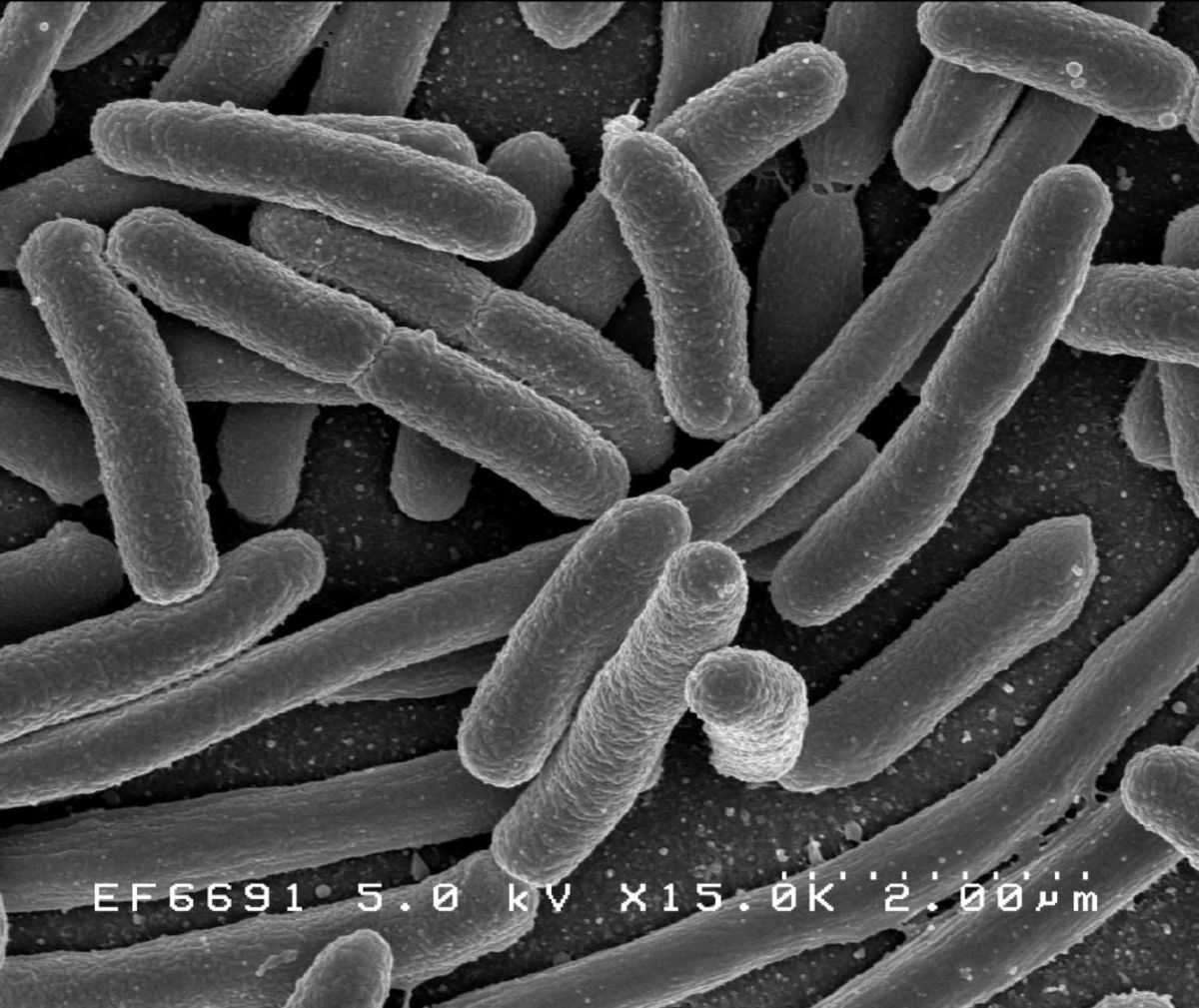Nanotechnology: Potential and Reality
What is nanotechnology
Nanotechnology is one of the most exciting developments in science and engineering since the computer. It is a conceptually radical idea that was initially derided as pure science-fiction: namely, to build from an atomic and molecular level. A nanometer is one billionth of a meter. Thus, nanotechnology is smaller than the eye can see. The idea of engineering at a molecular level fundamentally changes how we can manipulate nature.
It all started 20 years ago when a new type of carbon allotrope was discovered, the Buckminsterfullerenes or C60. It was discovered that c60 could be ‘grown’ and manipulated to make more complex structures. This is the birth of nanotechnology.
The potential of nanotechnology
Since that time scientists and social commentators have jumped the gun somewhat. They envision the benefits and risks of nanotechnology before the technology has gone beyond its infancy.
Mihail Roco has devised the 4 generations of nanotechnology:
1) Passive – Materials contain nanostructures that can perform one function such as coatings and reinforced composites.
2) Active – Nanotechnology that can do things like travel through the body and deliver drugs
3) Nanosystems – Where nanotechnologies can work together on a larger scale to make buildings, robots etc.
4) Molecular nanosystems – The final stage where we can design engines at a molecular level; machines built entirely from a universe of nanosystems that will essentially be like organic matter.
It is supposed that as nanotechnology advances through these stages the cost of manufacturing will be greatly reduced. Nano-machines can make more nano-machines. Factories will be the size of matchboxes. Nanotechnology can greatly improve agricultural output, can destroy cancerous cells, can revolutionize communication, and can make construction automatic. We will enter a new and undreamt of age through nanotechnology.
That is if the nanosystems don’t escape, go rogue and proliferate in a viral way that is inimical to human and animal health. Attendant to these worries are concerns about how the military will develop weapons using nanotechnology.
Nano particles on windscreen

Reality of nanotechnology in 2012
The reality of how far nanotechnology has come is a lot more prosaic than the envisioned ‘evolution’ of nanotechnology.
- A coating has been made for windows that use nanoparticles to improve visibility during rain. This is called Nanofilm.
- A123 Systems use Nanophosphate technology to make the world’s safest and most rechargeable lithium-ion batteries. This battery has been used to break the land speed record for an electric bike: zero to 60 mph in 1.04 seconds using 10 cents of electricity.
- The Japanese have coated bowling balls with nano-particles to improve performance.
- Nano-particles have also been added to composites to make harder materials.
That is it, really. We are nowhere near nano-fertilizers, nano-drugs, nano-factories or nano-weapons. Mihail Roco predicted we would be making fourth generation nanotechnology by 2015. We are still on stage one.
Nanotechnology taken seriously
And yet nanotechnology is taken very seriously. It is the plan of China to move into nanotechnology. The Thai government wants to use nanotechnology in 1% of all consumer goods by 2013. That was the goal set in 2004. I guess they will let that deadline slip.
In America, US National Nanotechnology Initiative’s budget rose from US$116 million in 1997 to a requested US$849 million in 2004.
In short, governments, business and the stock market are taking nanotechnology very seriously. They are hoping to steal the competitive edge on each other, and to make a fortune like the internet made many fortunes. How long the funding will last without new nano-products to sell is hard to say.
More design and engineering hubs
- Accidental Inventions and Discoveries
A look at a few of the accidental discoveries and inventions that have changed our lives. - Is Carbon the Enemy?
About carbon and its allotropes: showing that while carbon is fundamental to life and technology, it is carbon dioxide that is inimical to environmental health.





